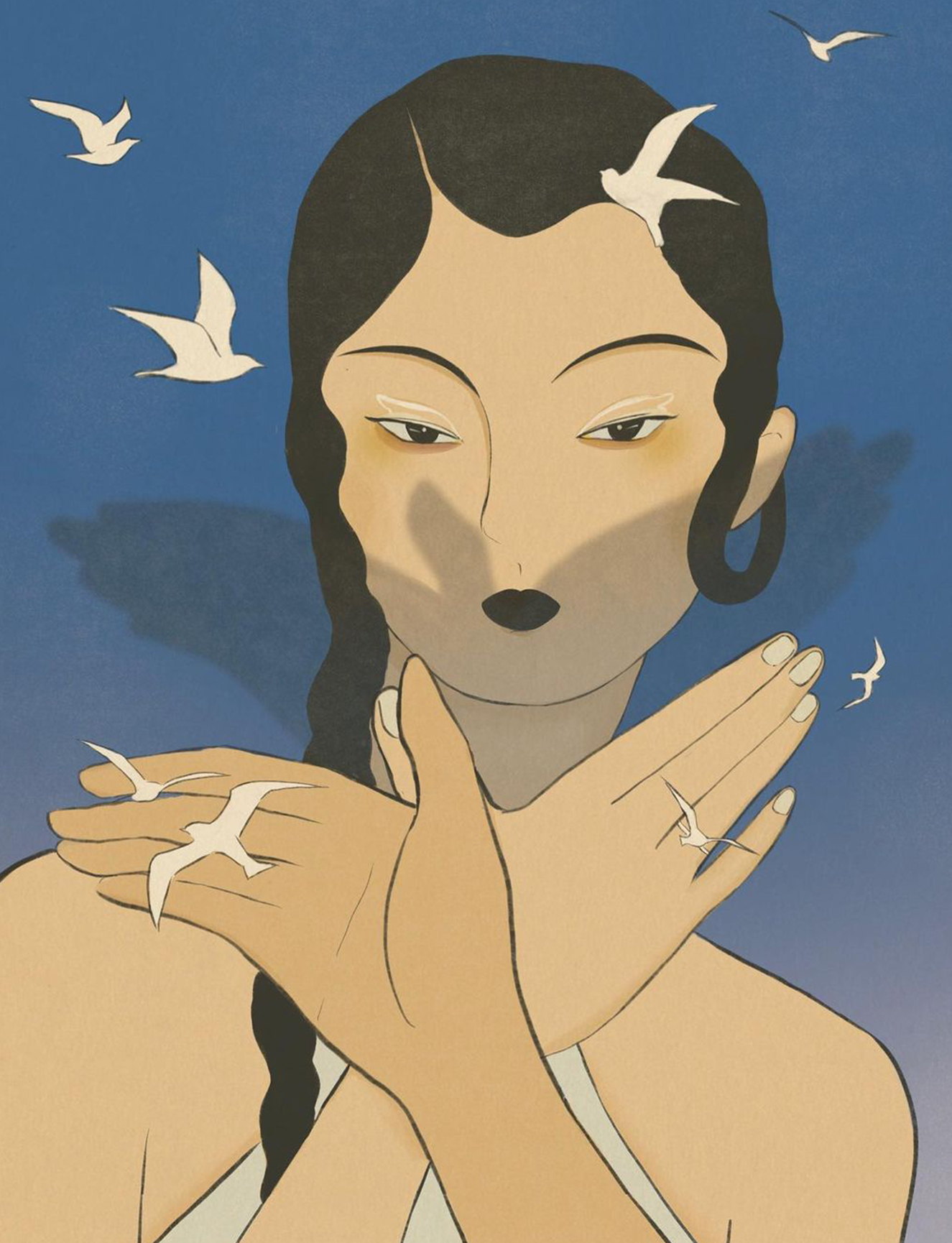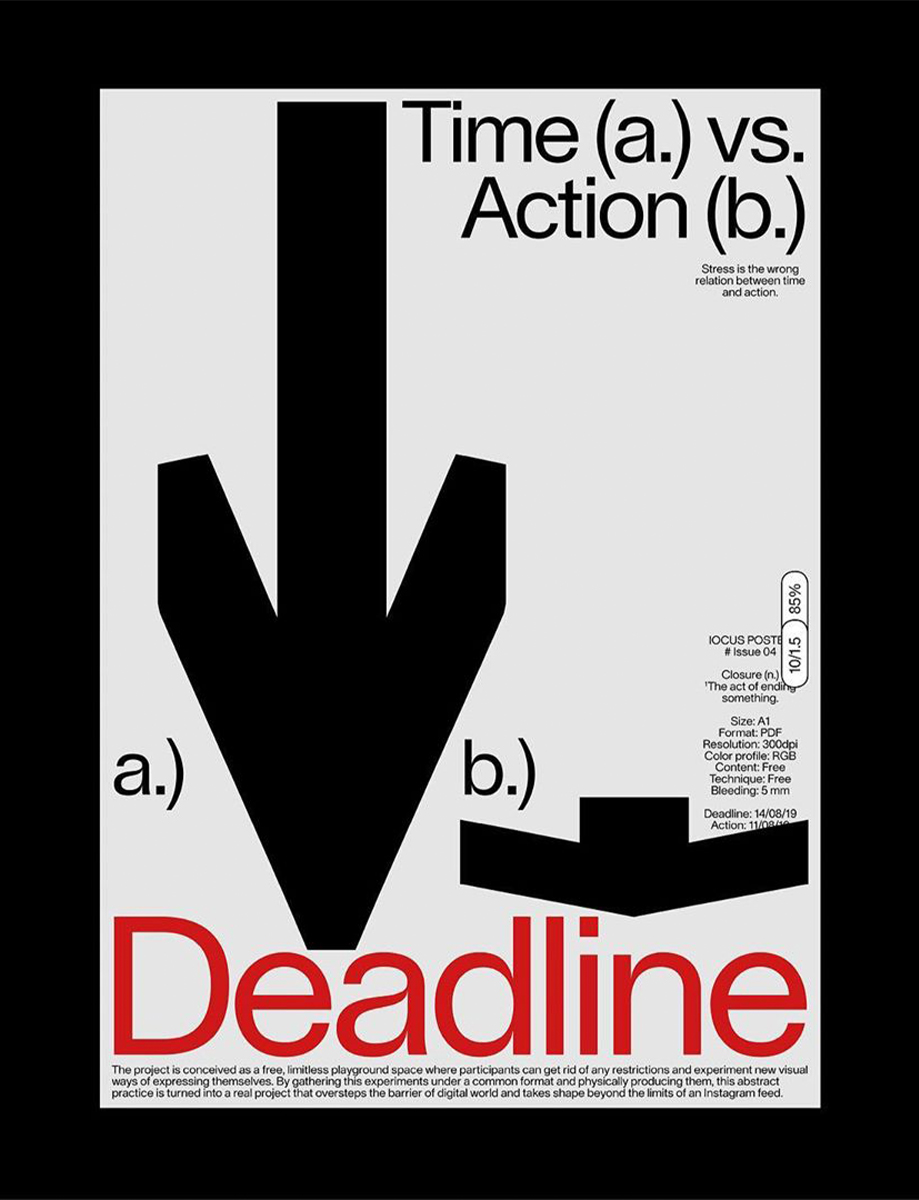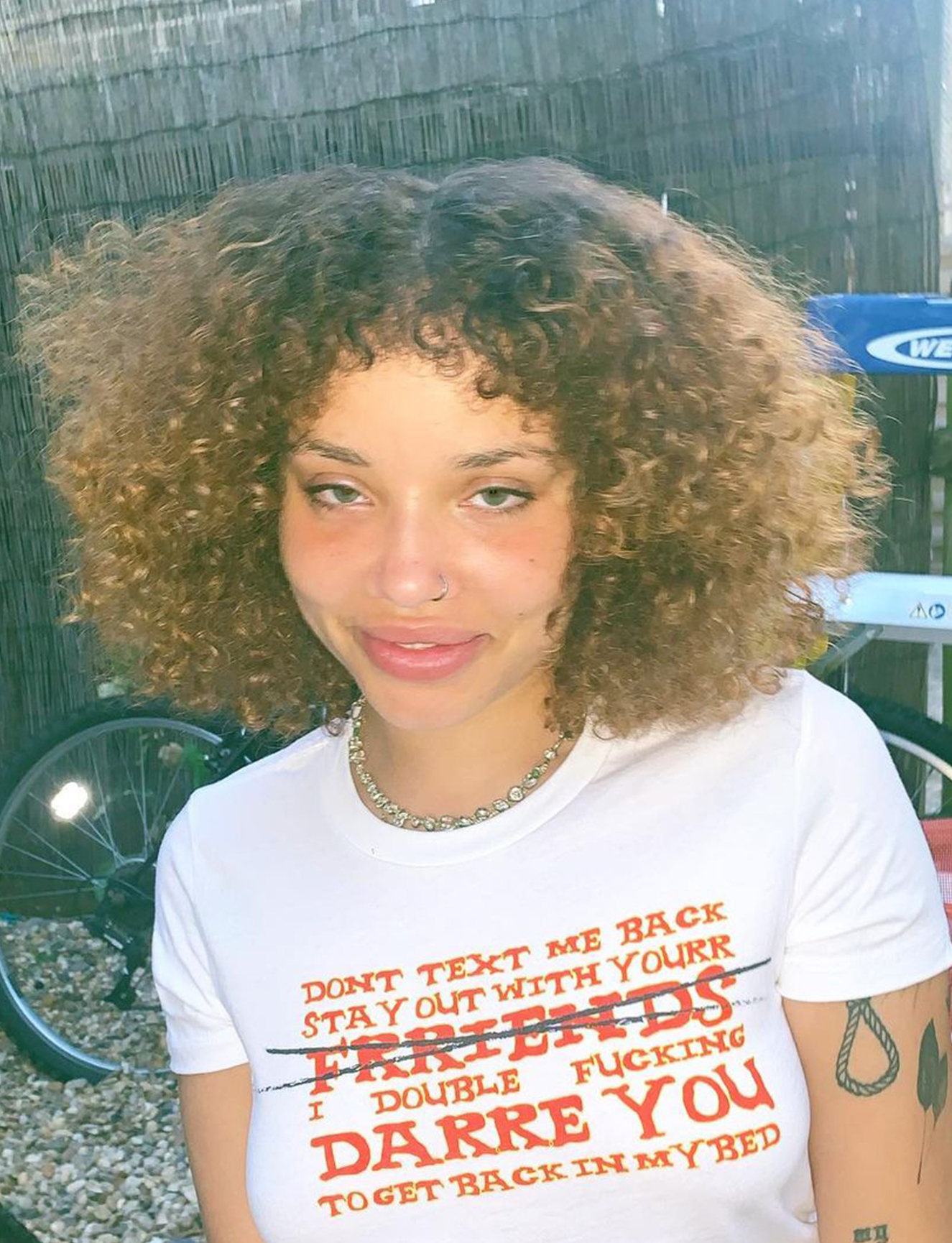You studied at Edinburgh College of Art, and are now based in Shanghai, where you grew up. How do you think both these places have shaped you as an artist?
I love everything about Edinburgh and its art and culture. I enjoyed the free environment of creation and was very impressed by the active art pursuit of my fellow students. Shanghai is a modern big city, and I love its culture and how it elegantly mixes vintage and modern qualities together; you can see traditional Qipao dresses and modern skyscrapers all at the same time. It has hugely shaped my creative outlook.
Did you have a creative childhood?
I didn’t really practise art until I grew up and went to art school. But I am into all kinds of visual art, like photography, fashion and painting. I watched many old traditional Chinese animations made by Shanghai Animation Film Studio when I was a kid, and was obsessed with the classic Chinese composition and colour palettes in these animations. I think this probably shaped my taste for art today.
I started with traditional painting
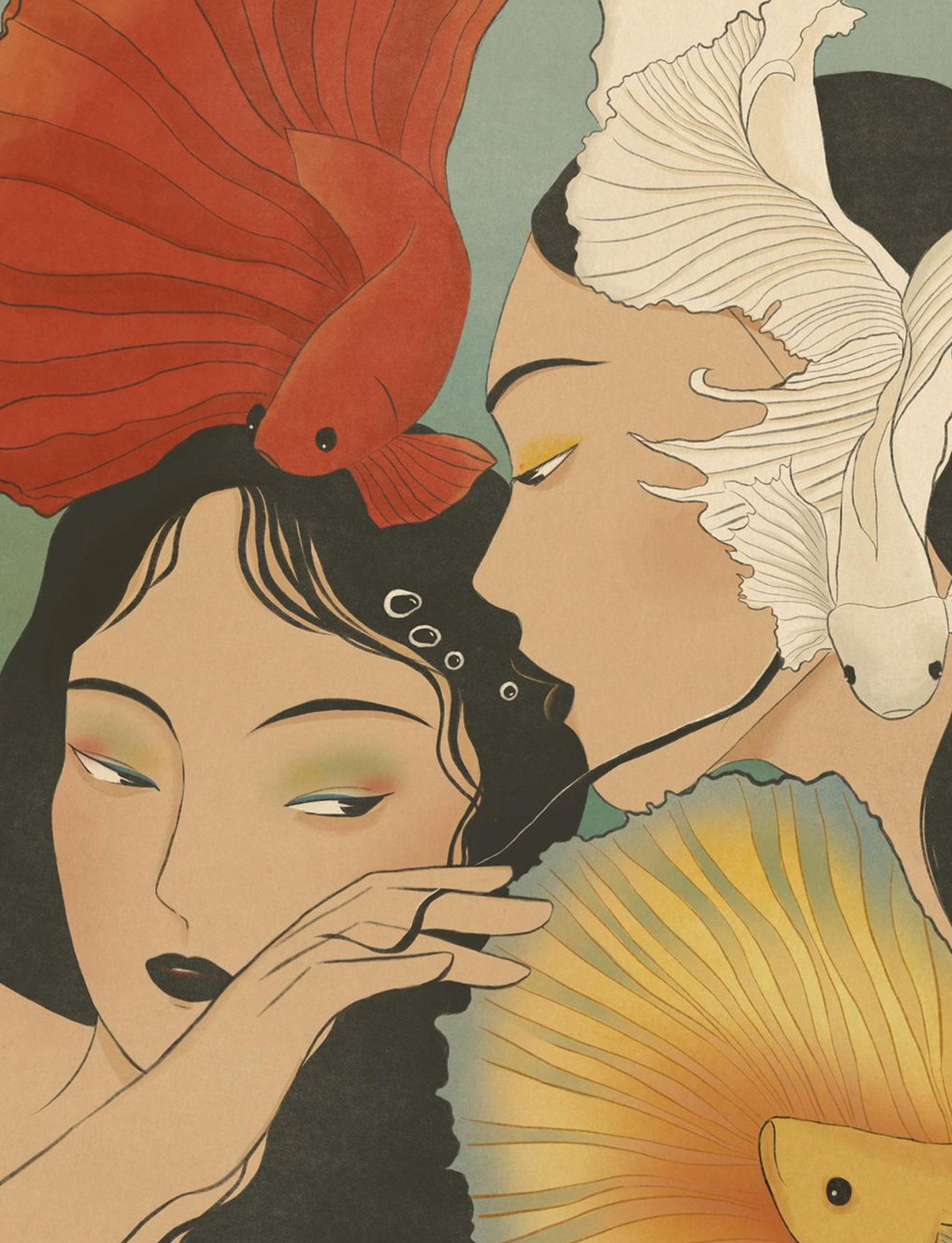
You’re an illustrator and you work primarily digitally, but I know that you paint in your free time and that you describe your works as ‘collages’. How do you think these different parts of your creative life shape your practice?
Like a lot of other illustrators, I started with traditional painting, and I still love the papery textures and irregular brushstrokes of a painting. That flow of emotions is something that I believe can never be replaced by digital drawing. But, practically speaking, I have to try working digitally because it is the most convenient way to do commercial projects. For me it’s about finding some sort of balance between two different methods – that is why I still keep the papery textures and hand-drawn brushstrokes as much as I can. Now it has become one of the unique things about my style.
In terms of collage, I do a lot of collages in my free time and I’ve always found it so much fun in terms of randomly combining different elements together, not to create a perfect ‘finished’ image, but because it helps broaden my imagination, and see connections between different things.
Your illustrations are often compared to vintage fashion covers. How have these influenced your work, and how do you make them relevant for a contemporary audience?
I’m definitely inspired by many fashion magazines, especially those vintage Vogue covers made by artists like George Lepape. I think today that you can see that the elegant colours and clean lines have been able to stand the test of time.
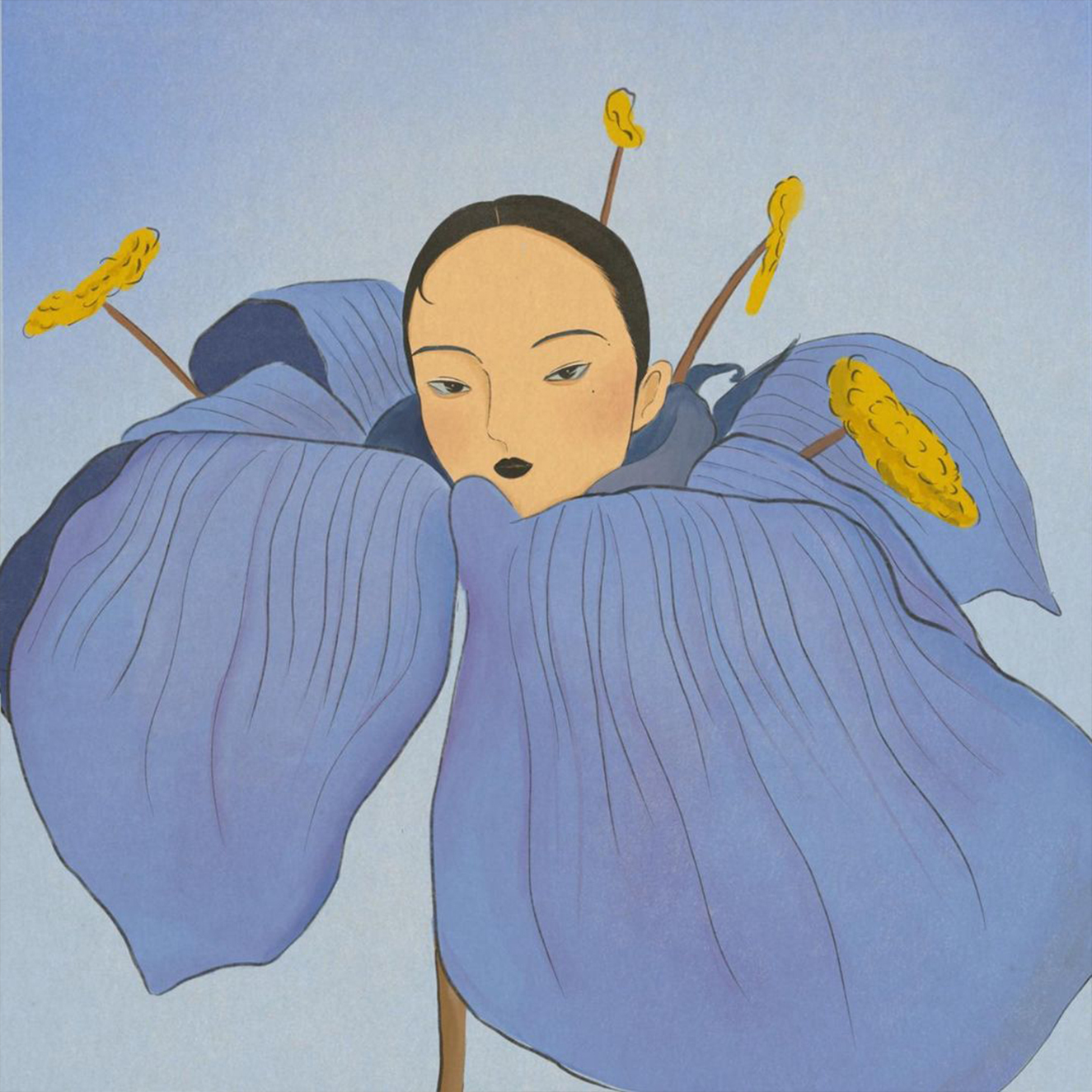
With this timeless pure elegance, I then try to really pay homage to the modern spirit in my works. Unlike the women in the older illustrations, who appeared to be more conservative, shy and restricted, I tend to keep women in my works composed, bold, powerful and free, to answer the mood of our times. Their facial expressions play such a role in conveying these qualities.
Do you create your pieces with an audience in mind?
I was once very bothered by the algorithm and my reach on social media, and I worried a lot about how to attract more viewers or how to create something more eye-catching in order to cater to my perceived audience. It is important to have your audience in mind, but sometimes you can overthink it. I think that my work serves as a bridge connecting me and my audience, and it wouldn’t benefit me in the long run to think too much about what people are ‘into’, I value having faith in my own instincts a lot more. I tend to try and be guided by: Am I true to myself? And, am I expressing my heart through my work?
Drawing is like making music
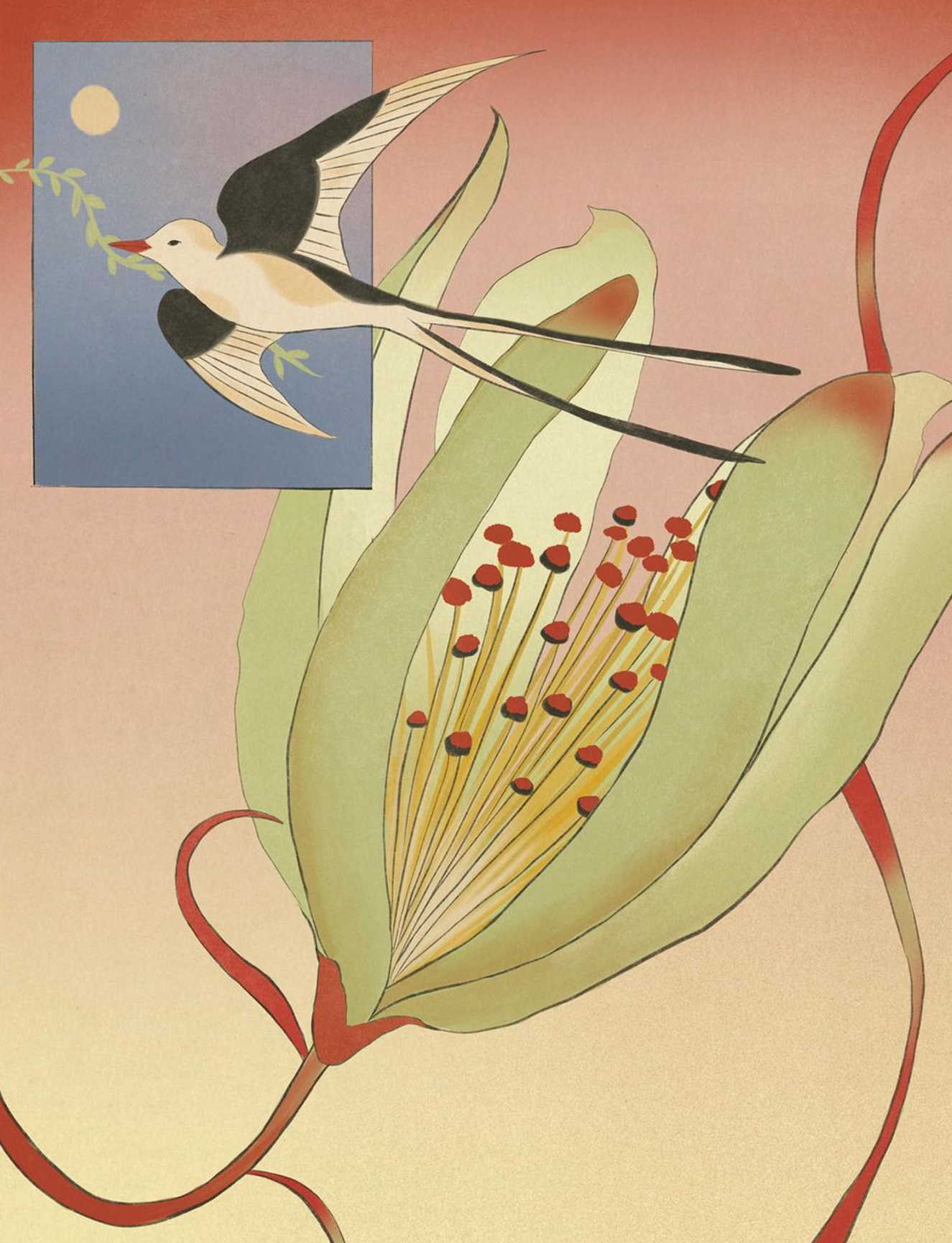
You have a really distinctive aesthetic, when did you feel you’d arrived at your ‘signature’ style?
I experimented a lot before I arrived at my current style. I tried things that were more graphic or ‘cute’, and I tried traditional paintings as well. But I found that women, nature and fashion are more my interests and I kept being inspired by those themes. My preference for certain colours and constructions were gradually formed over many experiments, and I think as I’ve progressed as an artist I’ve accumulated and absorbed new aspects to my style. Something different emerges during every process, and I find that so much fun.
You’ve worked with huge commercial and editorial clients, like Burberry and The New Yorker. How does your approach differ when working like this, versus on your own self-initiated projects?
First of all, I feel truly honoured and grateful for the opportunities I have received, and I really appreciate the trust and help my clients have offered. You see things differently when you are doing commercial projects – you have to understand the needs of your clients and the goal they are trying to achieve, and you have to be able to make concessions and find a balance between your style and that of the brand.
You certainly have more freedom in exploring and trying things in your personal projects, but the two modes come with their own challenges and fun, and complement each other.
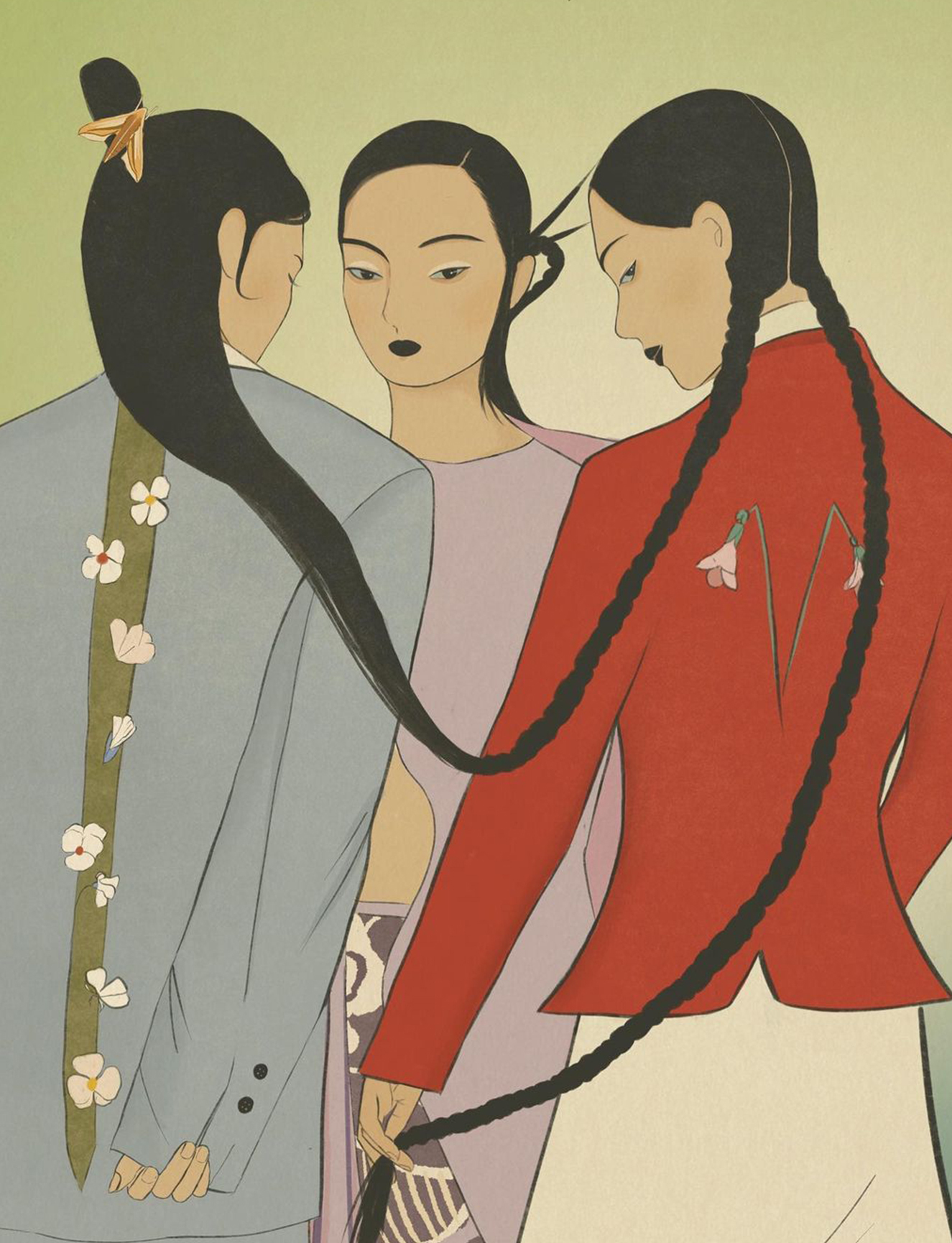
How do you know that an illustration is ‘finished’?
I have never thought about this before, even if I have been bothered by it several times. I always want to keep things neat and refrained, and never overfill the image and over-express myself. Drawing is like making music, it is about finding a good tempo and managing the relationship between verse and hook. When everything is in good harmony, then I think it is ‘finished’.
Read More: John Booth Likes To Work Within Parameters



